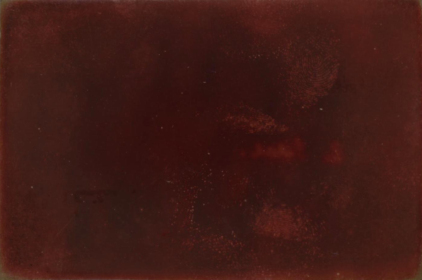Reclaiming Resistance
Translated from the French by Carol Schaeffer
On March 12, Le France Insoumise (LFI) published a visual calling for an anti-racism demonstration on March 22, depicting a dark, menacing Cyril Hanouna. With exaggerated nose, ears, and lips, it was reminiscent of Nazi iconography, in itself inspired by propaganda produced by French nationalists of the 1900s. These are race theorists who have left their mark on all aspects of French society.
When the image was published, LFI was quickly accused on social media (including by comrades in the movement) of having produced an antisemitic image: it removed the image and replaced it with another photo, without explanation.
When LFI — or anyone — relies on the algorithm of a fascist-racist world, Hanouna will always come out more Jewish than fascist: his Jewishness (or any other racialization) will cover his fascism.
In the days that followed, LFI explained that the image was generated by Grok (Musk’s AI software), that it was an “error,” a “failure,” and that “the visual shouldn’t have been published.” Some of the responses consisted of excuses, while others blamed the far right for creating a “shitstorm” out of whole cloth. Some denied the claim and simply didn’t understand the specific nature of the image. Others cited Hanouna’s “religious denomination” and “cultural background,” or noted that (white) figures are caricatured all the time. The response ignored the issue of racism, specifically the issue of caricaturing racialized people, which is at the heart of analyzing the issues at stake in this case.
The Hanouna visual is an opportunity to rethink the necessary work of questioning our own tools of resistance, in the face of the pitfalls sown by fascism. When LFI — or anyone — relies on the algorithm of a fascist-racist world, Hanouna will always come out more Jewish than fascist: his Jewishness (or any other racialization) will cover his fascism.
So to answer the questions posed by the Tsedek! press release: “Doe the LFI pursue an antisemitic agenda? No. Is this visual part of a campaign targeting Jews? No. Does the LFI designate Cyril Hanouna as Jewish?” YES, if he is caricatured by racist techno-industrial machines.
Even though our political line is precisely not to isolate the fight against anti-Jewish racism from the fight against racism, this affair reminds us how hard we struggle to understand how, and why, antisemitism functions as racism.
The persistent inability to wage this fight is further hampered by its growing instrumentalization. We, both Jews and activists, are caught in a vice by the weaponizing of antisemitism, which deprives us of our tools of struggle.
Faced with this impasse, Tsedek! reminds us that “it is essential to refuse to give in to these diversionary attempts that aim to fracture our group.”
To address this, it must be clarified that this division is the result of a twofold movement: our group is primarily fractured by the attacks, but it is also fractured by our difficulty in understanding the material conditions under which an antisemitic image or statement is received.
These two contradictory movements affect us; they make us forget to think of Jews as comrades worthy of recognizing the racism they experience, and they prevent us from denouncing antisemitism for fear of being identified with our political enemies and fueling repression.
Shortly after October 7, Darmanin, Minister of the Interior under Macron and the “defender” of the police, summarized this instrumentalization, which seeks to turn Jews into tools of the Republic in order to neutralize them in a striking formula: “hatred of Jews and hatred of the police are one and the same.”
Let us remember that the Jew, in the French imagination, remains a “utility” figure, allowing one to situate oneself on the political spectrum: alternately a powerful figure to be brought down, or a victim to be protected.
Weaponizing racism is in itself a form of racism.
Thus, the rise and success of the contemporary instrumentalization of Jews — which consists in relegating them to Israel, their assimilation to the right and to the Republic, or through the production of fear of antisemitism — relies on a much longer history of manipulation of a minority (or minorities) for political ends.
We must mobilize our forces to effect a just redistribution of political attention, in the face of the manipulations that are driving us into a corner.
The Jewish experience as a minority experience is real; it is not a matter of exploitation or manipulation, even if anti-Jewish racism is exploited. Weaponizing racism is in itself a form of racism.
Today, the alternatives to hegemonic Zionisms and the diasporic worlds we have yet to build on the ruins of our lost and destroyed histories, whether in Oran, Lodz, Thessaloniki, or Jerusalem, compel us to seek out the multiple reminders that the racial order will always threaten us with divisions. We cannot isolate any struggle that belongs to us, and we must reclaim those that have been stolen from us.
This analysis comes from work with Pauline Benichou and Johanna Wagman.
